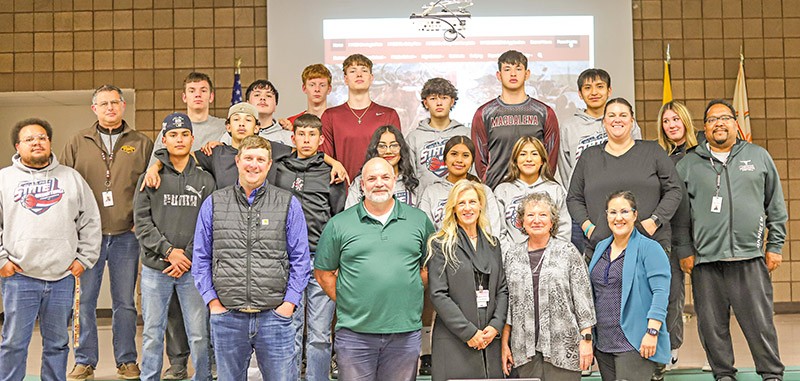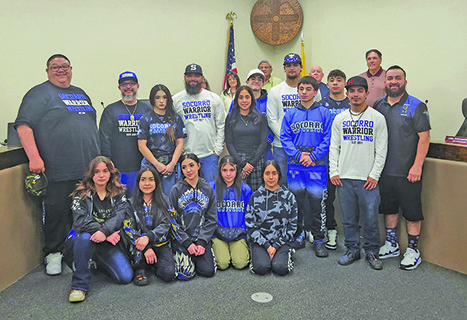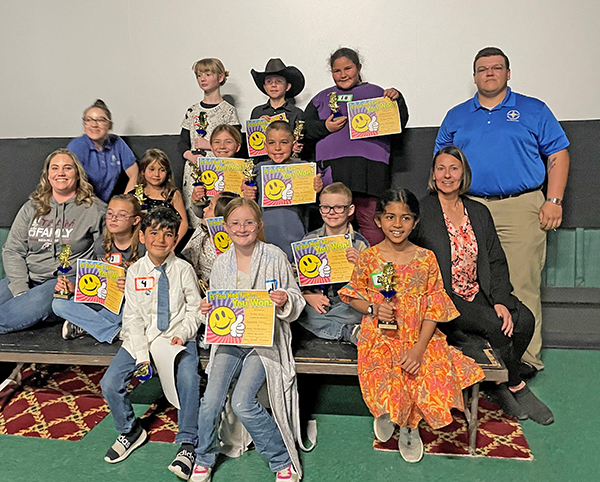
Careers in science, technology, engineering, and math (STEM) represent a growing part of New Mexico’s economic well-being, but there is a shortage of people who are prepared to fill them. Why? In part it’s because there are not enough students pursuing STEM careers. How do we change that? Cultivate grit in the context of STEM activities.
Grit is comprised of passion and perseverance according to University of Pennsylvania psychology professor Angela Duckworth. She identifies a 4-step process to cultivate grit. Step one is to establish interest; students have to experience STEM, and it must be fun. Step two is providing the capacity to practice. An amazing experience at a one-week summer camp—whether it be STEM, band, soccer—does not translate into skill-building and confidence if there are no opportunities to continue to practice. Step three requires a sense of purpose. Cross-country practice can be hard, but if a student is connected to their team or has an inspiring coach, they will push through the challenge. This is true for sports, and it’s true for learning any new skill, including STEM. Finally, and most importantly, is hope. Hope must exist at every stage because it is the difference between staying down when you fall and getting back up again.
Cultivating STEM grit starts early. Socorro High graduate and New Mexico Tech student Cody Johnston is helping Socorro elementary students establish interest in computer science. Last semester, he piloted an afterschool program that introduced coding at Parkview Elementary School and is currently running the program at Cottonwood Valley Charter School. This provides a fun and interesting introduction to coding, and since he works with them for the entire semester, there is also the capacity to practice. If continued for several years, some students may choose computer science electives, or participate in extra-curricular activities such as New Mexico’s Supercomputing Challenge.
Another example of cultivating STEM grit is demonstrated in the Science Olympiad tournament. Science Olympiad is like a track and field meet, except with STEM. Students study, build and experiment for months to compete for a chance to go to participate in the state tournament at New Mexico Tech. Team members stay up late for days or weeks to finish building and testing their bridges or preparing and studying their notes for an exam. It’s not easy but showing up year after year grows grit.
Why does grit matter so much? According to Duckworth, grit is a better predictor of completing college than talent. Students that cultivate grit will ultimately become the workforce that ensures a robust economy and helps solve our most important challenges. Duckworth poses the question, “what will we do as a society to ensure that all children grow up with daily opportunities to try, fail, learn, and grow?” One answer is to provide curricular and extracurricular activities that allow students to develop interest and practice. In the context of building New Mexico’s STEM workforce, we can ask What STEM activities can we provide students so they cultivate grit to pursue these careers and ultimately solve the most important challenges in our lifetimes? Afterschool programs, electives, STEM extracurricular activities are all major opportunities to cultivate STEM grit.

















